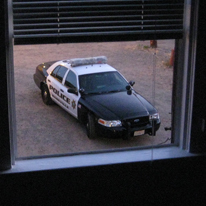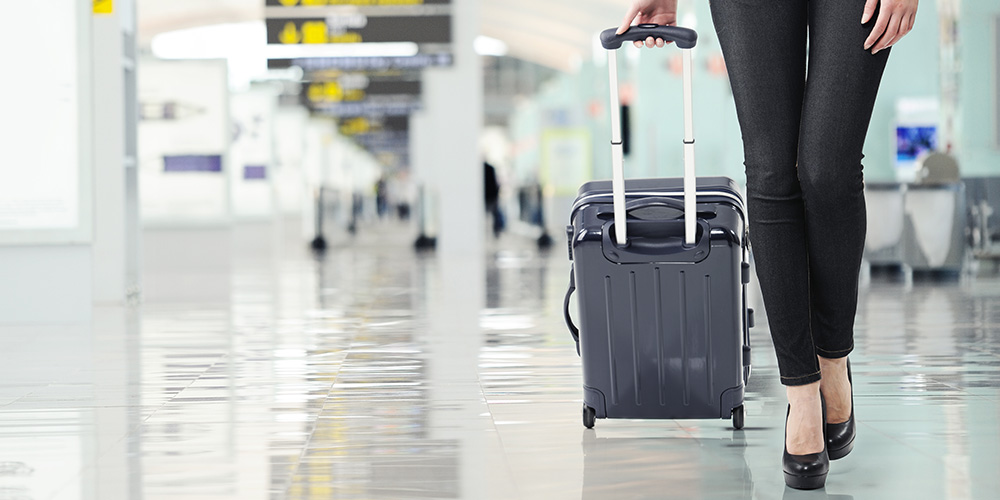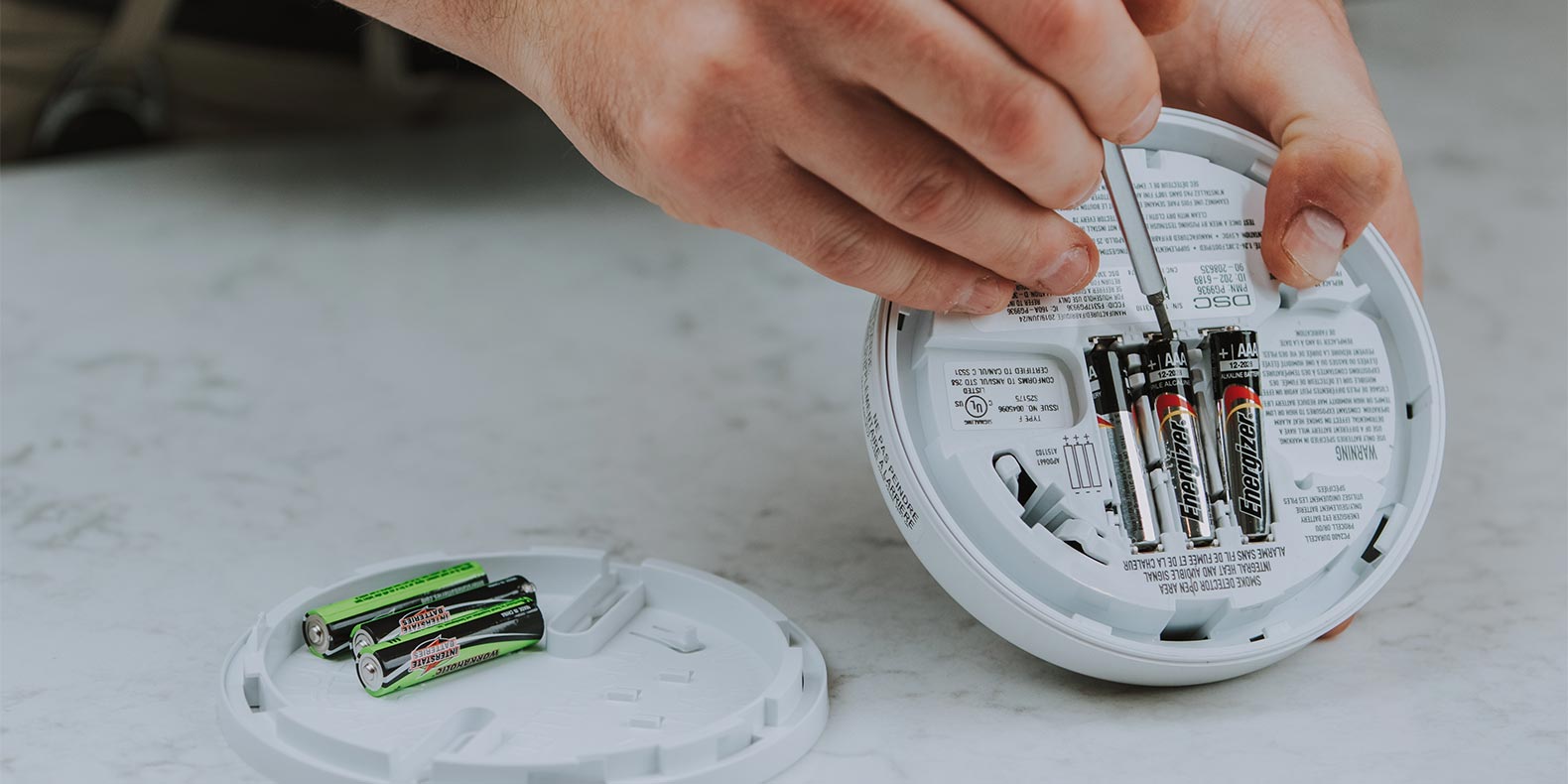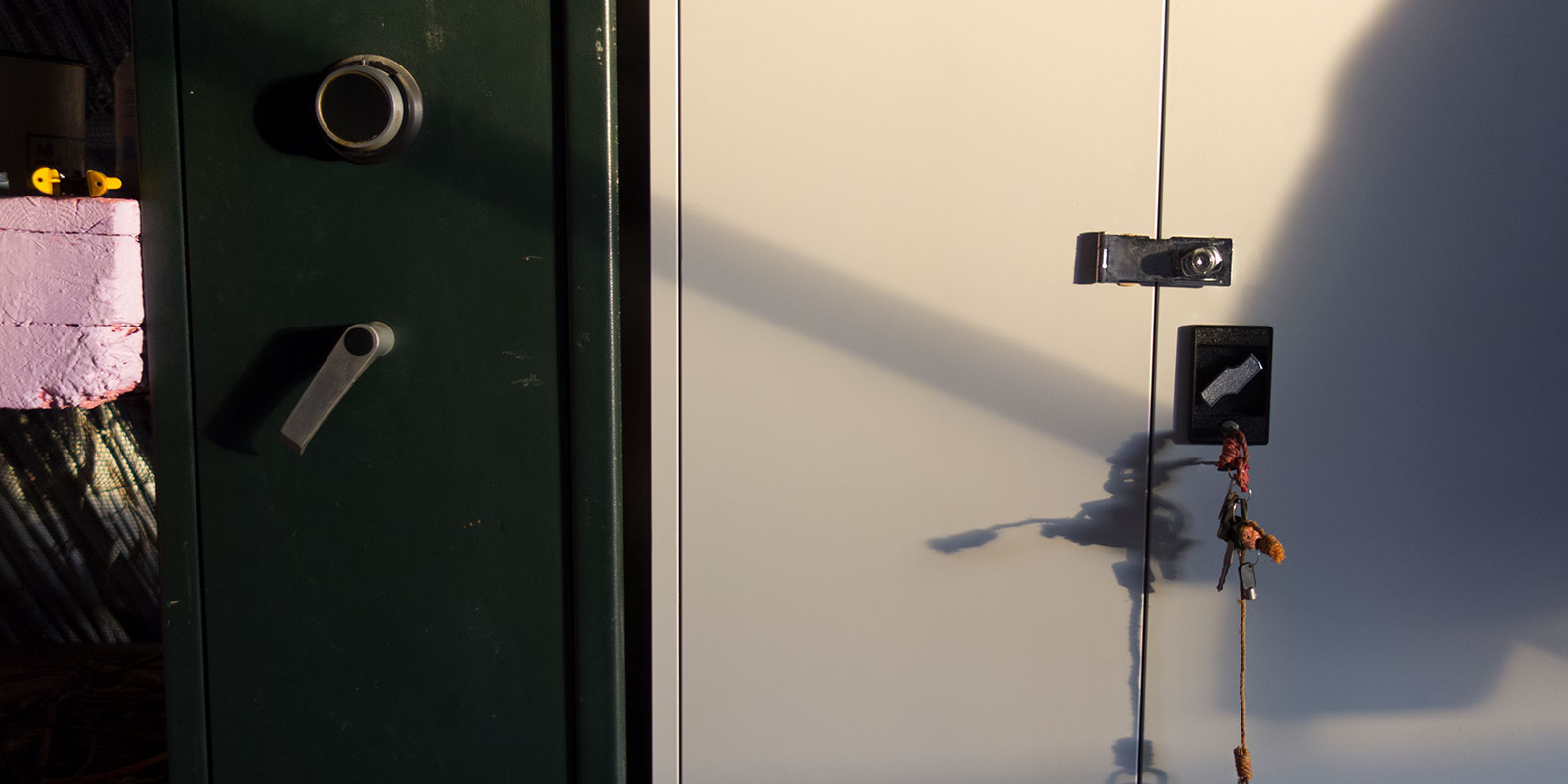Having a loved one at home with Alzheimer's can be a trying experience. You want to provide needed security, support and comfort, while simultaneously navigating the physical and emotional challenges associated with the disease.
You’re not alone; 15 million people in the U.S. care for someone with Alzheimer’s. While each situation is unique, preparation can help you provide proper care.
Below, we overview recommended steps to ensure safety within the home for someone living with Alzheimer’s.
Conduct a Room-by-Room Safety Check
A person with Alzheimer’s can have unpredictable behavior as his or her condition evolves. Though your loved one may not currently show signs of serious memory loss, like knowing how to identify a dangerous situation such as a fire, their disposition presents greater everyday risks.
To combat, take extra precautions when proofing the home. Audit for various safety concerns to proactively alleviate problems and dangerous situations. Consider the following preventative pointers:
- Cover all unused electrical outlets with childproof caps.
- Eliminate the use of extension cords and exposed wires by placing lamps and other electric devices close to outlets.
- Ensure every room is well lit.
- Clean regularly to avoid clutter. Clutter and messy living situations can confuse a person with Alzheimer’s and create opportunities for accidents.
- Check that a smoke and carbon monoxide detector is located in the kitchen and each bedroom.
- Install childproof locks on kitchen cabinets with knives and other dangerous instruments.
- Post important emergency contact information on all phones.
- Label cabinets.
The above is a short list of suggested ways to improve the home’s safety. Use best judgment as you update the home; many suggested safety precautions are similar to those when caring for a child.
Technology to Ease Caregiving
As you evaluate your new safety needs, consider how technology could help.
Place sensors on cabinets where medication, alcohol and other potentially dangerous substances are kept to be alerted whenever they are accessed.
Install video monitoring to check in on loved ones remotely.
Use home automation to simplify caregiving responsibilities. With it, you can program your system to:
- Include names and unique codes for the people you’d like to have access to the home. If you share caregiving responsibilities, you can then see when other family members, friends and paid help enter and exit.
- Automatically turn on/off lights, heat, air conditioning and the alarm system, or lock/unlock doors.
- Receive notifications in the event that an alarm or other pre-set rule is triggered.
Taking care of a loved one with Alzheimer’s can be trying, but also rewarding. Ensure safety is an integral part of your plan as you decide the next steps after diagnosis.



